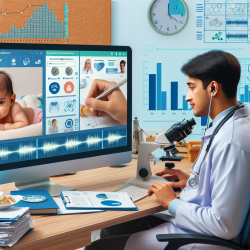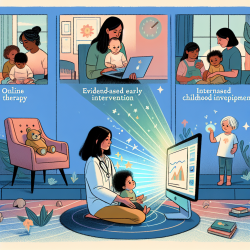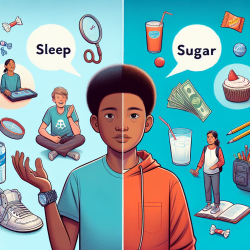The integration of a patient-centered medical home (PCMH) model into interprofessional learning can significantly enhance the skills of practitioners. The recent study titled "A parent-led, patient-centered medical home model instruction for interprofessional undergraduate and graduate learning opportunities" by Heginbotham et al. (2021) highlights the effectiveness of this approach in medical education.
Key Outcomes of the Study
The study adapted the Project DOCC (Delivery of Chronic Care) curriculum, which has been used successfully for over a decade to educate medical residents about the care of children with special health care needs. The adaptation focused on incorporating team-based learning in rural settings. The key outcomes of the study were:
- Significant improvement in learner knowledge, perceptions, and comfort regarding the PCMH model.
- Enhanced understanding and empathy among providers through parent mentor reflections.
- Feasible implementation within health professional curricula, even with limited resources.
Practical Steps for Implementation
To implement the outcomes of this research in your practice, consider the following steps:
- Incorporate Team-Based Learning: Develop team-based learning modules that include elements of the PCMH model. Ensure these modules are accessible and can be integrated into existing curricula.
- Engage Parent Mentors: Include parents of children with special health care needs as mentors in your training programs. Their firsthand experiences provide invaluable insights for learners.
- Facilitate Interprofessional Collaboration: Create opportunities for learners from different disciplines to work together. This collaboration fosters a holistic understanding of patient care.
- Utilize Technology: Use online platforms to distribute reading materials and conduct workshops. This approach is particularly beneficial in rural settings with limited resources.
- Evaluate and Reflect: Regularly assess learner perceptions and knowledge before and after workshops. Use this feedback to continually improve the training program.
Encouraging Further Research
While the study provides a solid foundation, further research is encouraged to explore long-term impacts and potential adaptations for other patient populations. Practitioners can contribute to this growing body of knowledge by:
- Conducting longitudinal studies to track the impact of PCMH training over time.
- Exploring the feasibility of virtual parent mentor interactions to overcome geographical barriers.
- Investigating the application of the PCMH model in different healthcare settings and with diverse patient groups.
Conclusion
Implementing a parent-led, patient-centered medical home model in interprofessional learning not only enhances practitioner skills but also fosters a compassionate and comprehensive approach to patient care. By adopting the strategies outlined in the study, practitioners can significantly improve the quality of care for children with special health care needs.
To read the original research paper, please follow this link: A parent-led, patient-centered medical home model instruction for interprofessional undergraduate and graduate learning opportunities.










